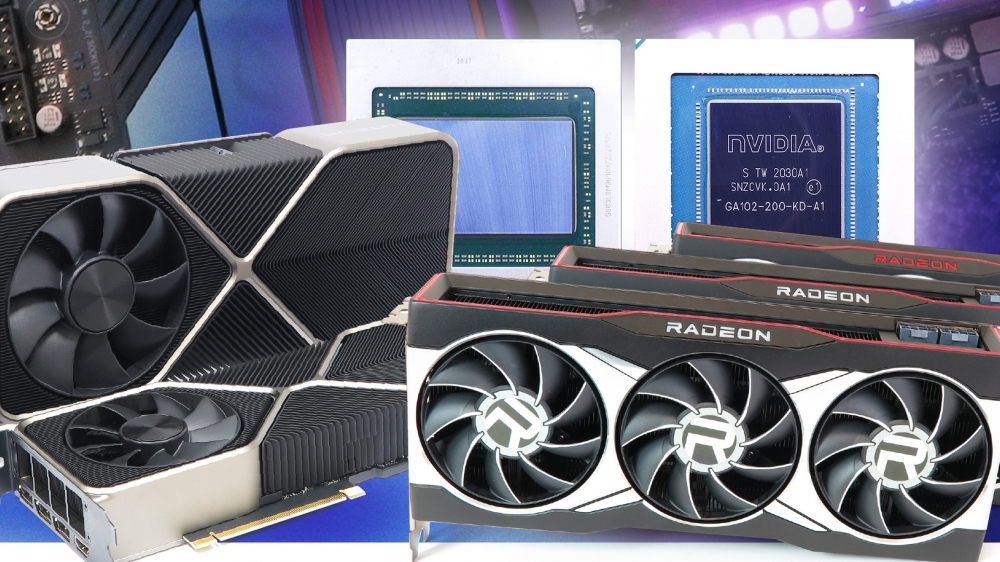- Joined
- Sep 17, 2014
- Messages
- 20,902 (5.97/day)
- Location
- The Washing Machine
| Processor | i7 8700k 4.6Ghz @ 1.24V |
|---|---|
| Motherboard | AsRock Fatal1ty K6 Z370 |
| Cooling | beQuiet! Dark Rock Pro 3 |
| Memory | 16GB Corsair Vengeance LPX 3200/C16 |
| Video Card(s) | ASRock RX7900XT Phantom Gaming |
| Storage | Samsung 850 EVO 1TB + Samsung 830 256GB + Crucial BX100 250GB + Toshiba 1TB HDD |
| Display(s) | Gigabyte G34QWC (3440x1440) |
| Case | Fractal Design Define R5 |
| Audio Device(s) | Harman Kardon AVR137 + 2.1 |
| Power Supply | EVGA Supernova G2 750W |
| Mouse | XTRFY M42 |
| Keyboard | Lenovo Thinkpad Trackpoint II |
| Software | W10 x64 |
Aren't you all correct here about AIOs?
Yes, its possible to air cool 300W just fine on a PCIe slot form factor.
Yes, WC might do it with less surface area and with a lower maximum temp under load, at a higher build cost and higher failrate.
The reason you see WC on a 1070 was because AIOs are all the rage for some and the midrange can be sold at premium. They sell. The reason you saw it on the Fury X was because AMD considered it the best option given the tradeoff to an air cooler (bulky/weight wise, even despite the higher cost) - so that dóes indicate that WC was related to high power consumption. Then, with Radeon VII they showed us that they can do the air option just fine as well with a large triplefan setup- and its likely cost played a major role here because the margin on that card isn't great.
The reason we don't see WC on low-end is because there is no way you will sell budget cards at premium price.
Yes, its possible to air cool 300W just fine on a PCIe slot form factor.
Yes, WC might do it with less surface area and with a lower maximum temp under load, at a higher build cost and higher failrate.
The reason you see WC on a 1070 was because AIOs are all the rage for some and the midrange can be sold at premium. They sell. The reason you saw it on the Fury X was because AMD considered it the best option given the tradeoff to an air cooler (bulky/weight wise, even despite the higher cost) - so that dóes indicate that WC was related to high power consumption. Then, with Radeon VII they showed us that they can do the air option just fine as well with a large triplefan setup- and its likely cost played a major role here because the margin on that card isn't great.
The reason we don't see WC on low-end is because there is no way you will sell budget cards at premium price.











